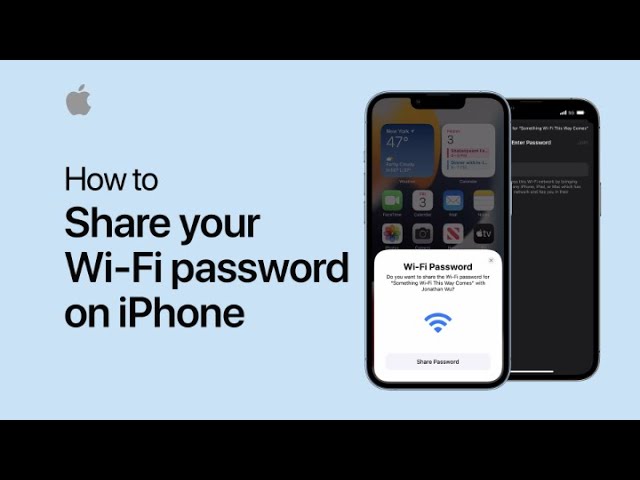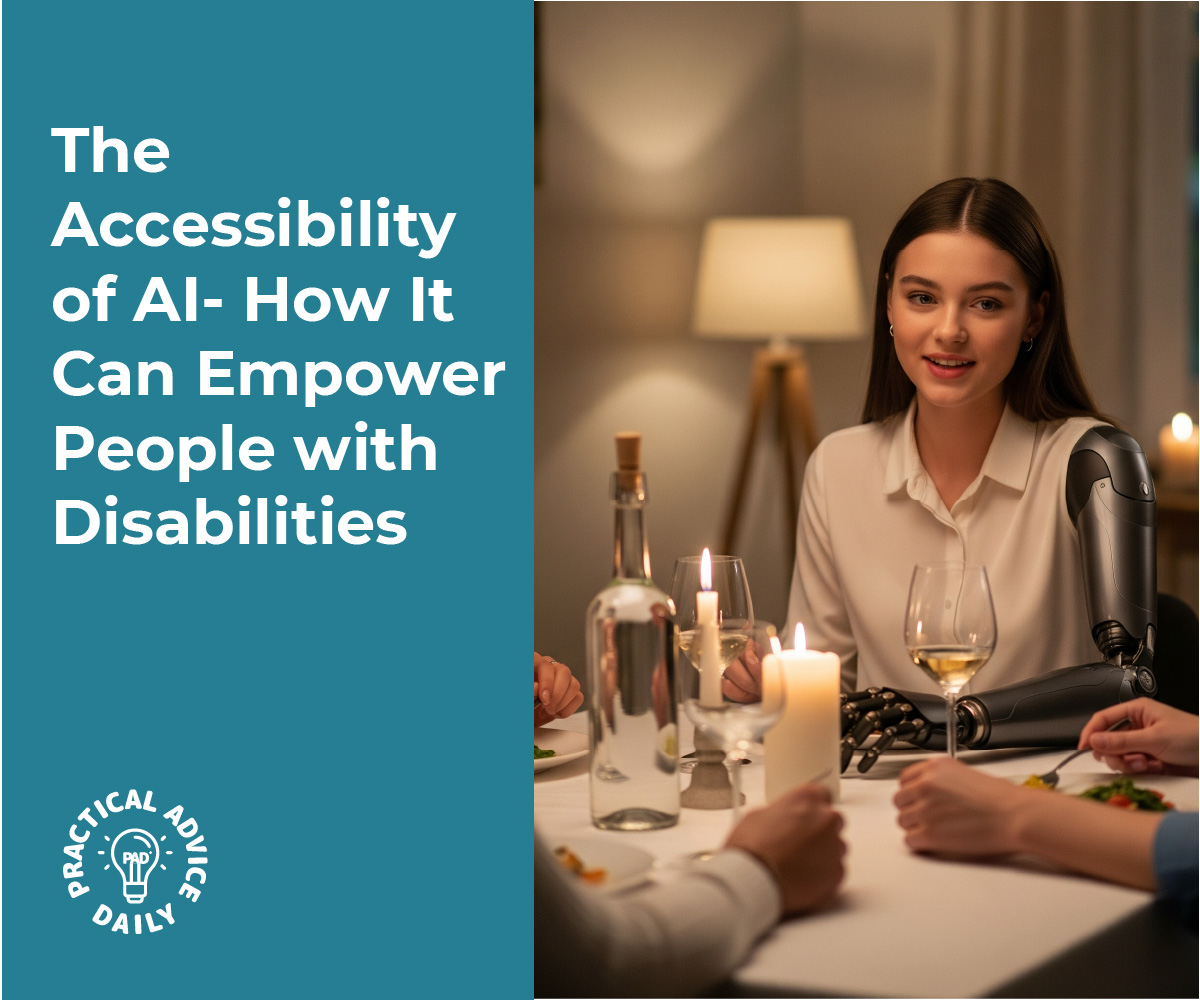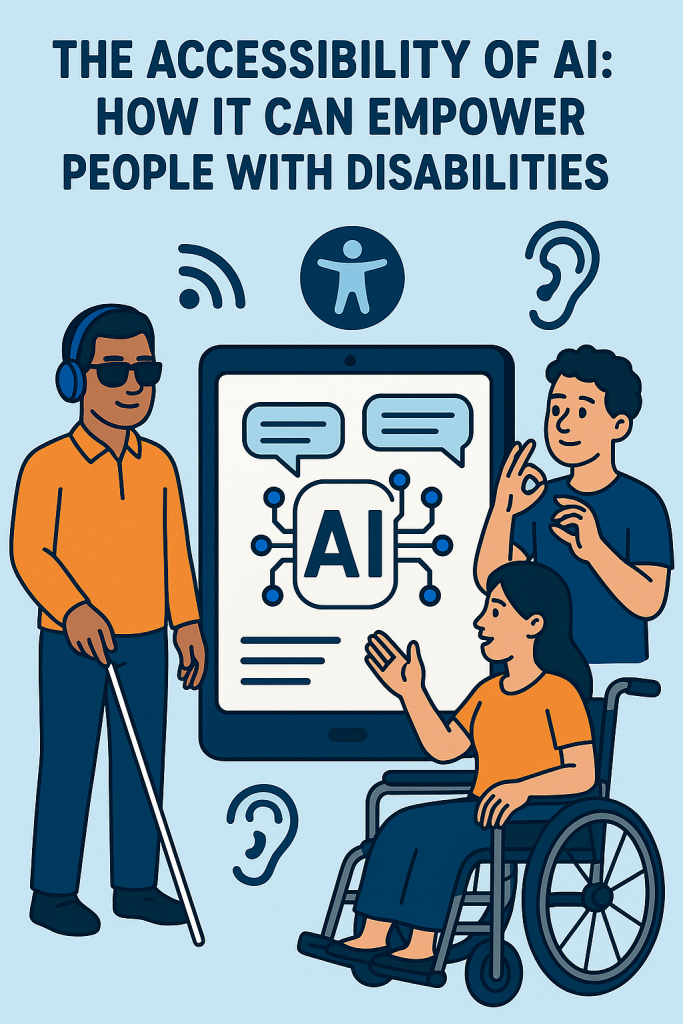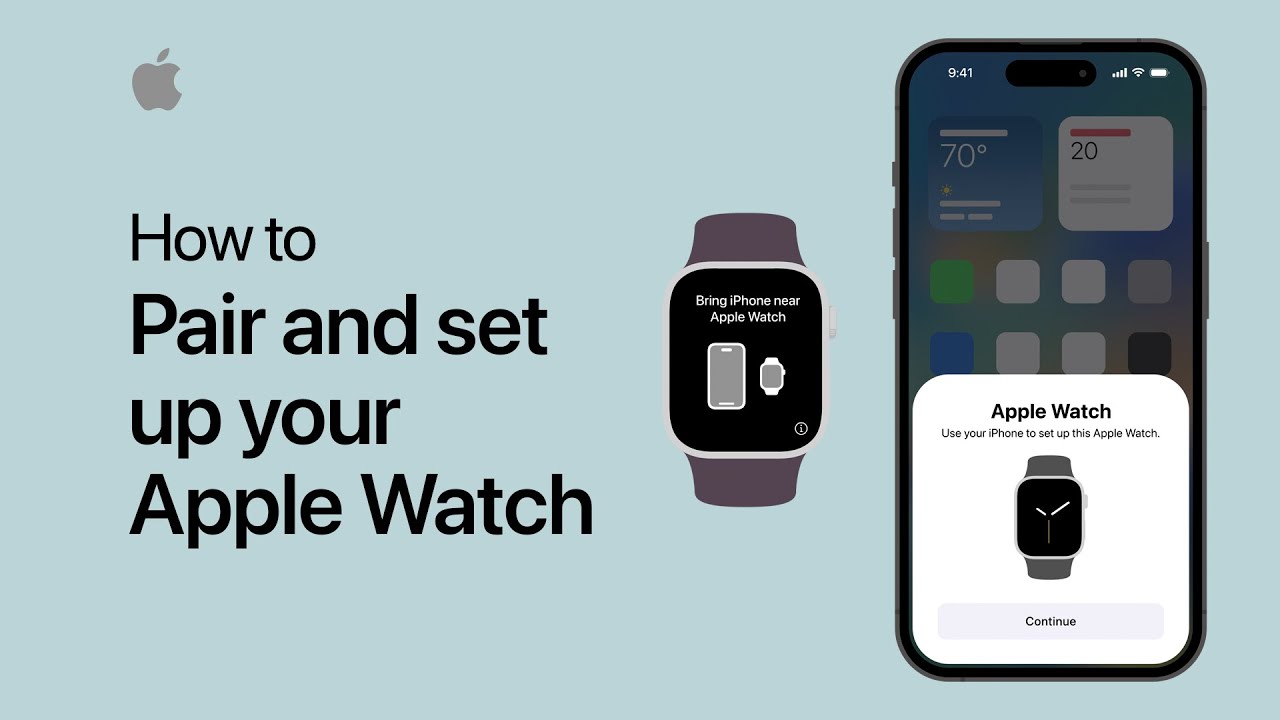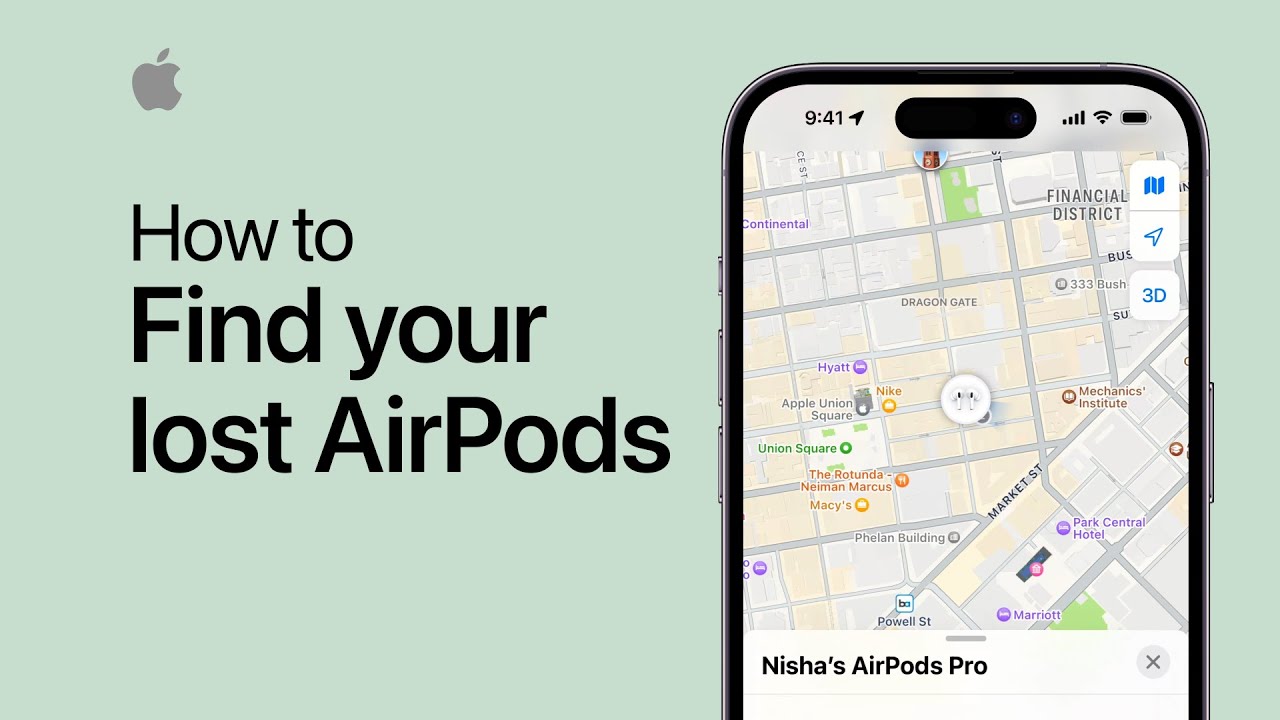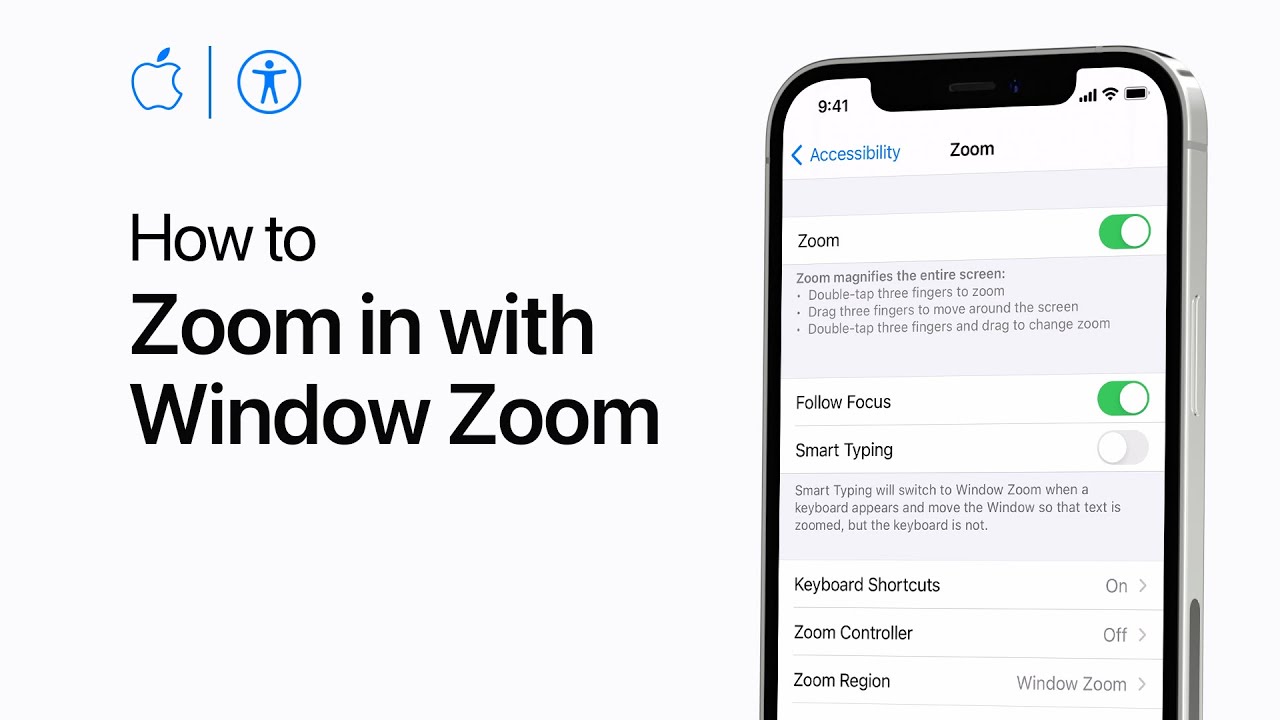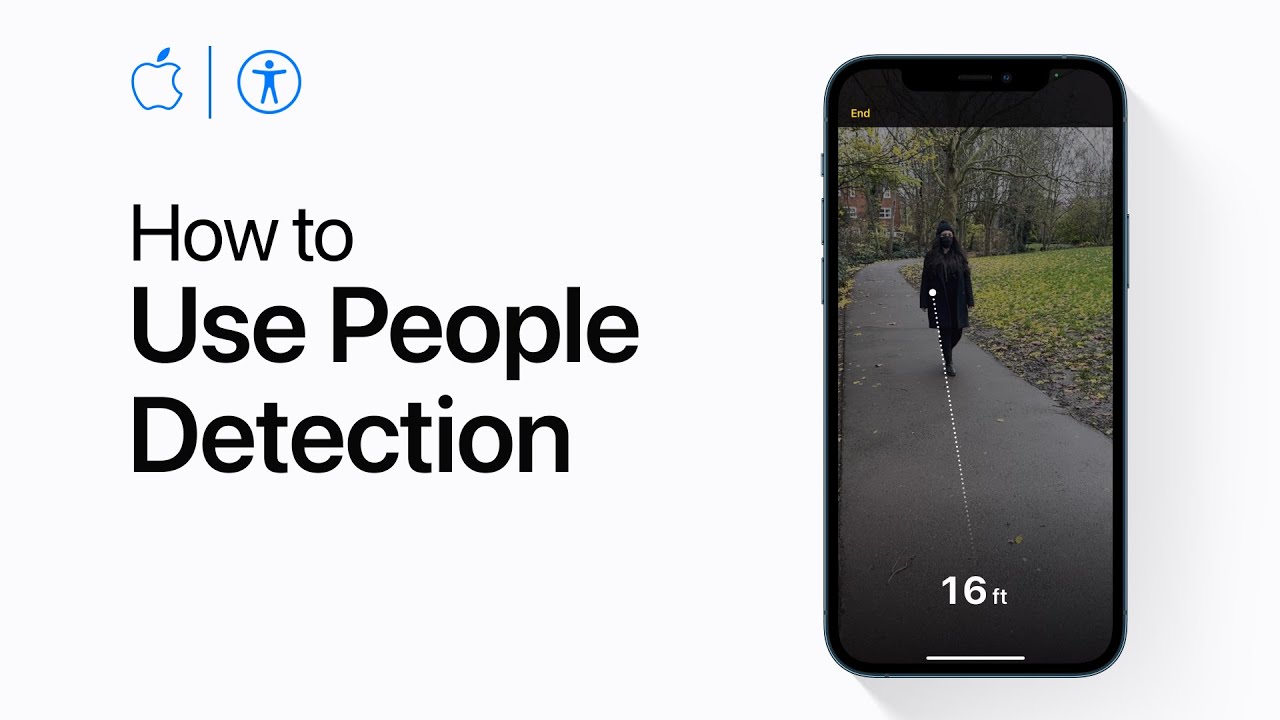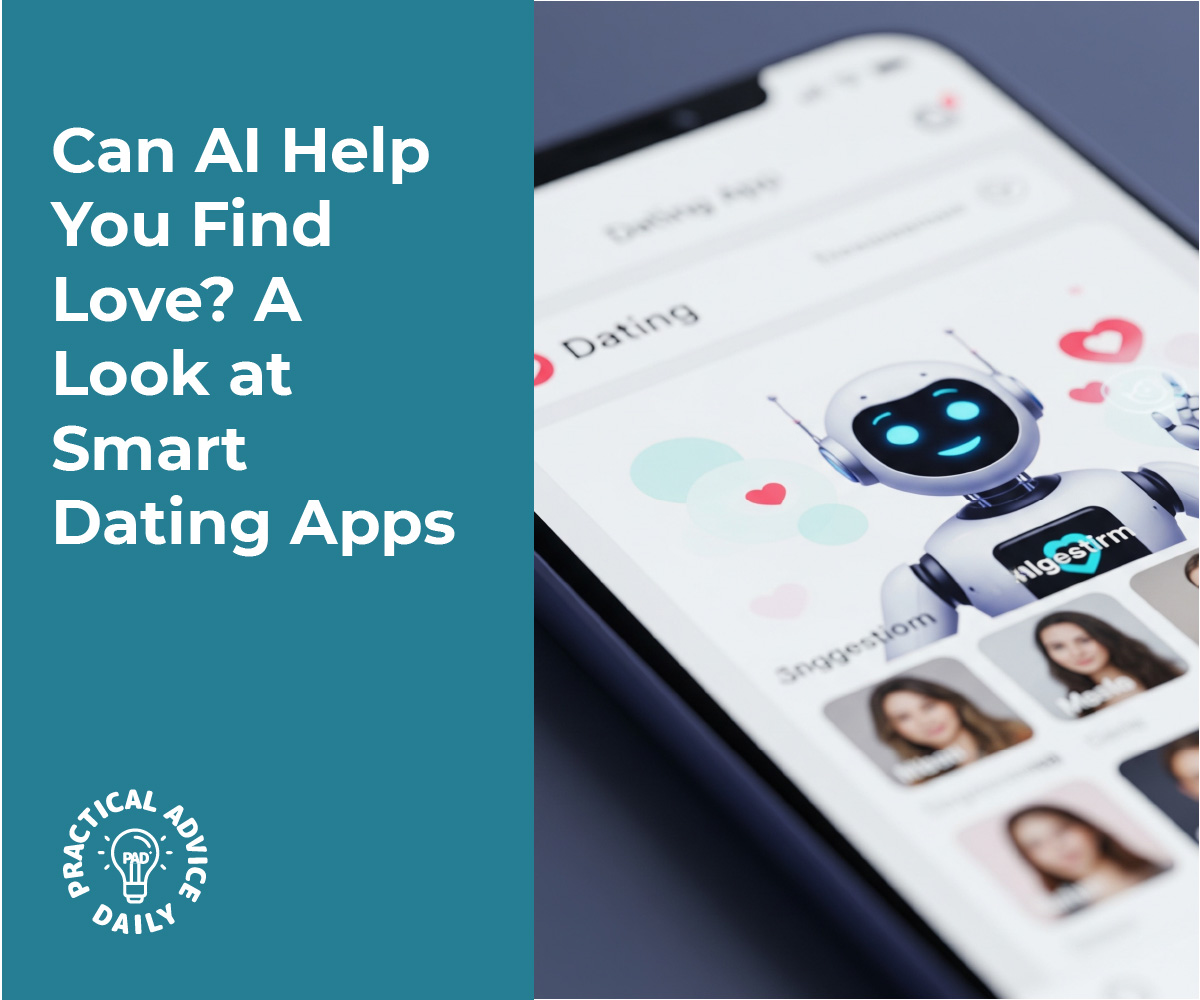Dating has come a long way from personal ads and blind dates. Today, smart technology is stepping in to make matchmaking easier and more thoughtful. If you’re feeling overwhelmed by swiping or unsure how to start a great conversation, artificial intelligence (AI) might be the helping hand you didn’t know you needed.
In this friendly guide, we’ll explore how AI is being used in dating apps to find compatible matches, improve conversations, and even give coaching tips. Don’t worry—it’s beginner-friendly and we’ll explain everything in simple terms.
Table of Contents
Key Takeaways
- AI helps dating apps suggest more compatible matches by analyzing your interests and behavior
- Compatibility scoring uses smart tools to match people based on personality, lifestyle, and values
- AI chat coaching offers suggestions for starting and continuing better conversations
- These tools aim to reduce stress, improve connection, and save time when dating online
- You stay in control—AI simply offers helpful nudges, not decisions
How AI Works in Modern Dating Apps
1. Smarter Matchmaking
Traditional dating apps often rely on location, age, and a few preferences. But AI takes it a step further.
AI looks at how you use the app—what profiles you linger on, the types of messages you send, even the times you’re most active. This information helps the app learn your likes and dislikes.
Example:
Let’s say you tend to look at people who love dogs and mention hiking. The app notices this and starts showing you more dog-loving hikers without you having to search manually.
This saves time and often leads to more meaningful matches.
2. Compatibility Scoring
Some apps now use AI to go beyond appearances and basic filters. They ask you questions about your values, routines, and personality. AI then compares your answers with others to suggest who might be the best fit.
Think of it as a digital version of a trusted friend saying, “You two might really get along.”
Common areas AI looks at include:
- Communication styles
- Long-term goals
- Lifestyle choices (early riser vs. night owl, etc.)
- Openness to different experiences
Some dating apps display a “compatibility percentage” to help guide your choices, though it’s always just a suggestion, not a rule.
3. Chat Coaching and Conversation Help
Starting a conversation with someone new can be nerve-wracking. This is where AI really shines for many users.
Some apps now include chat coaching features, which offer:
- Suggested openers based on shared interests
- Tips to keep the chat going if it stalls
- Help phrasing messages in a polite and positive way
Example:
If your match writes “I love cooking on weekends,” the app might suggest a response like, “That sounds fun! What’s your favorite dish to make?”
This gives you a starting point without sounding generic or forced.
For people who feel shy, anxious, or just out of practice, this kind of guidance can make dating more comfortable and enjoyable.
Is AI Replacing the Human Touch?
Not at all. AI doesn’t choose your partner for you. It simply helps narrow down the pool and encourages better conversations. You still make all the decisions.
Think of it as having a smart assistant that helps you spot potential connections faster, with fewer dead-ends or mismatches.
And while some people might worry it’s too “robotic,” many users find it actually brings more personality into their dating life by suggesting matches based on deeper traits—not just photos.
Popular Dating Apps Using AI
Here are a few dating platforms that currently use AI features:
- eharmony – Uses compatibility scoring with personality quizzes
- Hinge – Offers prompts and suggestions for better communication
- Bumble – Recently introduced AI-powered message starters
- Iris – Focuses on visual preferences and AI pattern recognition
- Replika (for practice) – Not a dating app, but lets you practice chats with an AI companion
Each app is a little different, so it’s worth trying one that feels right for your goals.
Final Thoughts
If online dating has felt exhausting or confusing, AI could offer a gentler, smarter way to find real connection. It helps take the guesswork out of matching and gives support where people often get stuck—like starting a conversation or choosing who to talk to.
Remember, you’re still in the driver’s seat. These tools are there to help, not take over. With AI as your guide, you might just enjoy dating more—and who knows? You may even find someone special.
Want to learn more? Explore our other guides on safe online dating, building a great profile, and reading between the lines in messages.
